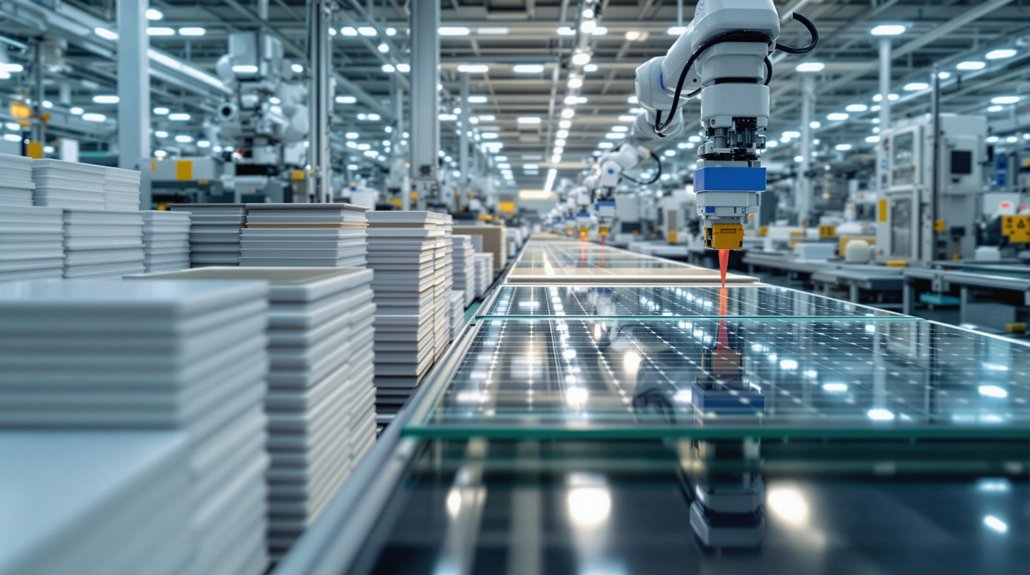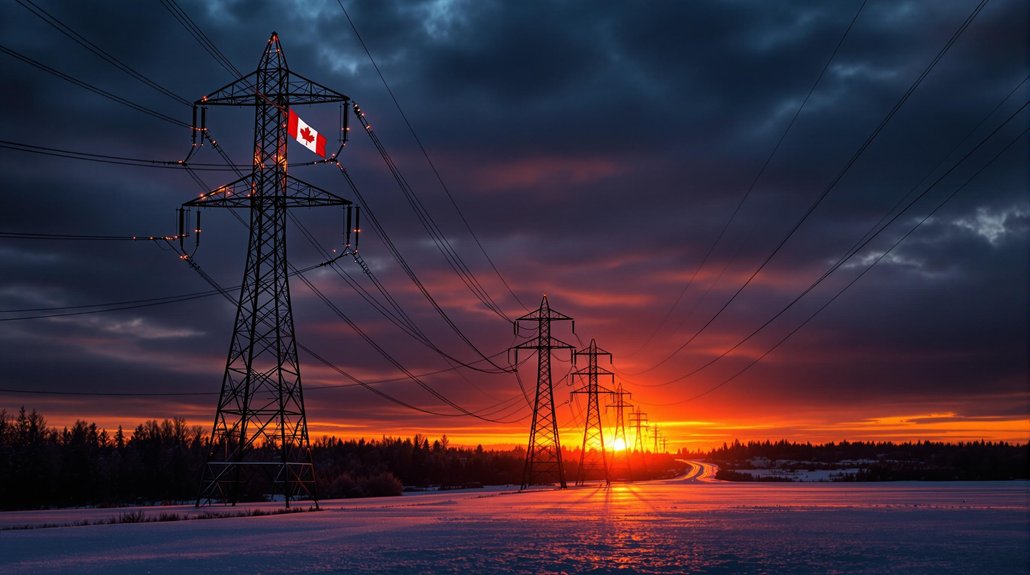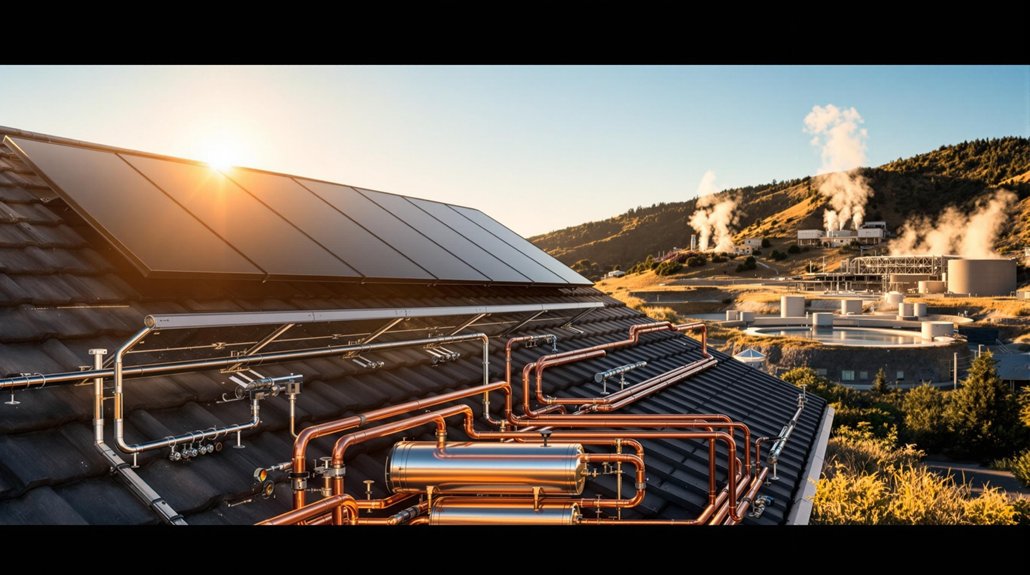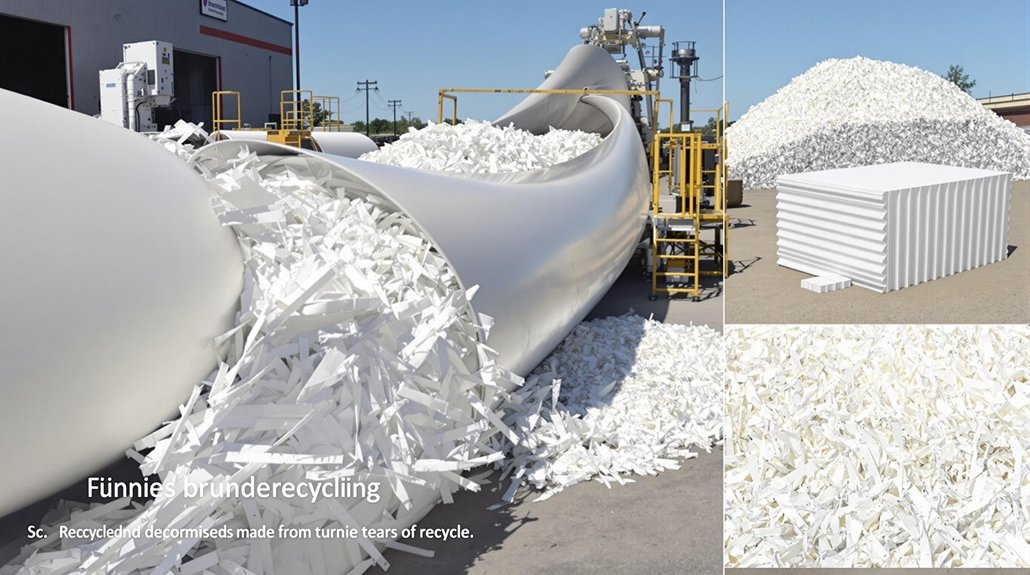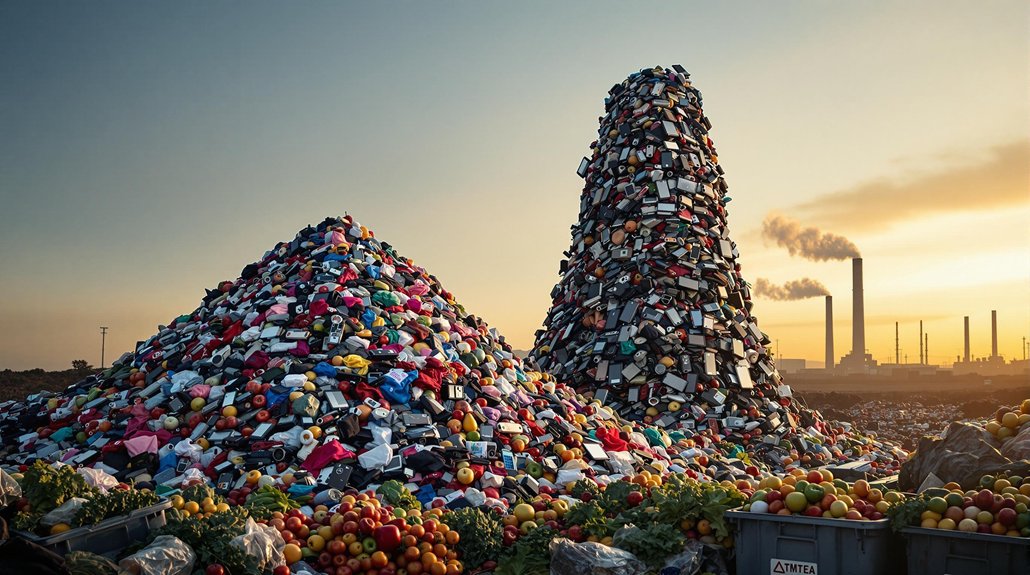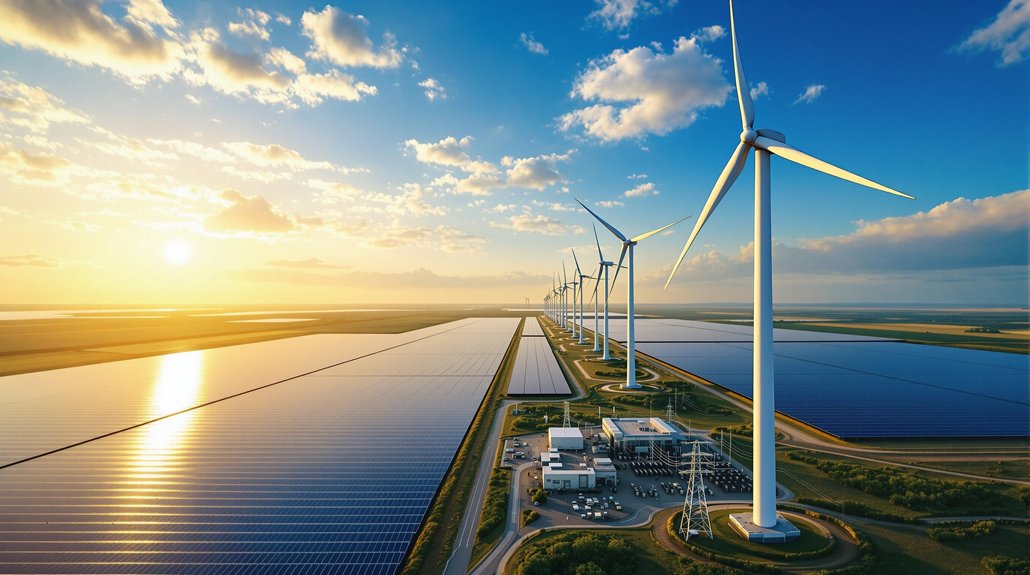Solar panel manufacturing costs break down into five main categories. Raw materials like silicon, glass, and aluminum make up 40-58% of expenses. Equipment investments range from $15-30 million for a 100-megawatt production line. Labor accounts for 10-15% of costs, while energy consumption adds another 5-10%. Regulatory compliance contributes 1-3% to the total. Scale increases can lower overall expenses by 20-30% through improved efficiency.
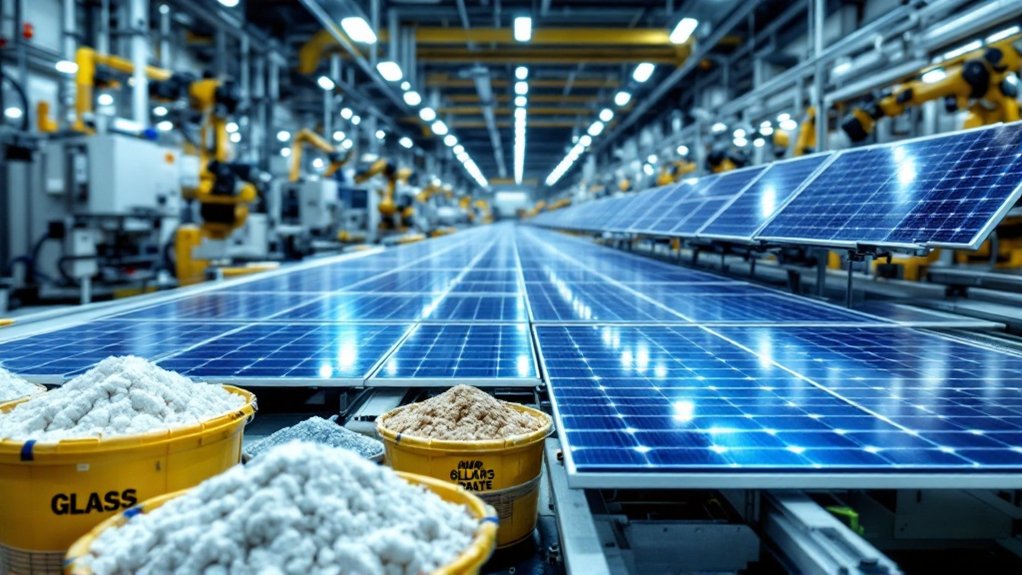
While solar energy continues to grow in popularity, the costs behind making solar panels involve several key factors. Raw materials make up a large portion of these expenses. Silicon, the main component, represents 20-25% of total manufacturing costs. Glass adds another 10-15%, while aluminum framing accounts for 5-10%. Silver paste used for electrical contacts costs between $0.05-0.10 per watt of capacity. Backsheets and encapsulants contribute 5-8% to material expenses.
Manufacturing facilities require significant investment. A production line with 100 megawatt capacity costs between $15-30 million for equipment alone. Cell stringing machines run $1-2 million each, and module laminators cost $500,000 to $1 million. Quality control equipment adds another $2-5 million. Building the factory itself averages $50-100 per square foot. Entrepreneurs can reduce expenses by considering used equipment options that can decrease initial costs by 20-40%.
Setting up a solar manufacturing plant requires millions in upfront investment before producing a single panel.
Labor represents 10-15% of total manufacturing costs. Companies pay skilled technicians $40,000-60,000 yearly, while engineers and managers earn $80,000-120,000. Training adds 2-3% to labor expenses. These costs vary greatly depending on factory location around the world.
Energy use is another important factor. Making solar panels consumes 0.5-1 kilowatt-hour of electricity per watt of panel capacity. Energy represents 5-10% of total expenses, with cell production being the most power-intensive step. Companies can reduce energy costs by 10-20% through efficiency improvements.
Research and development take 2-5% of revenue for major manufacturers. This work focuses on improving efficiency, developing new materials like perovskites, and creating better production processes. Scale also matters—increasing from 100 megawatts to 1 gigawatt capacity reduces costs by 20-30%. Automated production lines cut labor costs by 30-50%. The industry has seen an impressive 82% decline in electricity generation costs from solar PV since 2010.
Regulatory compliance adds 1-3% to manufacturing expenses. Quality certifications cost $50,000-100,000 yearly. Tariffs can increase costs by 10-30% in some markets, while local content requirements and intellectual property fees also affect the bottom line. Most manufacturers now integrate battery storage solutions into their product offerings as consumers increasingly demand energy independence and grid resilience.
These combined factors determine the final cost of producing solar panels.
Frequently Asked Questions
Are Solar Panels Environmentally Friendly to Manufacture?
Solar panel manufacturing isn’t entirely eco-friendly. The process creates greenhouse gases, uses significant energy, and requires mining for raw materials that can harm ecosystems.
Chemical production emits harmful gases, and manufacturing consumes substantial water.
However, panels produce clean energy for 25-30 years with no operating emissions, and their lifecycle carbon footprint is 6-8 times lower than coal power generation.
How Long Do Solar Panels Typically Last?
Solar panels typically last 25-30 years on average.
Premium models can function for 40-50 years with proper care.
Most panels degrade at a rate of 0.5-0.8% annually, retaining 80-90% of their efficiency after 25-30 years.
Even beyond their rated lifespan, panels continue generating electricity at reduced capacity.
Lifespan varies based on material quality, installation methods, climate conditions, maintenance frequency, and exposure to physical damage.
Which Countries Lead in Solar Panel Production?
China dominates global solar panel production, accounting for about 80% of manufacturing worldwide.
The country also controls roughly 95% of key components like polysilicon and wafers.
Other leading producers include Vietnam (6.4%), Malaysia (2.8%), the United States (1.9%), and India (1.9%).
China’s manufacturing advantage stems from lower costs – approximately 10% less than India, 20% less than the U.S., and 35% less than Europe.
Can Damaged Solar Panels Be Recycled?
Damaged solar panels can be recycled through specialized processes.
Technicians first remove frames and junction boxes before separating the various components.
What Certifications Should Quality Solar Panels Have?
Quality solar panels typically carry key certifications that guarantee safety and performance.
Industry standards include IEC 61215 and IEC 61730 for design and safety. In the US, UL 1703 certification is important. CE marking is required for European markets, while TÜV certification indicates thorough testing.
Many manufacturers also hold ISO 9001 for quality management systems. Regional certifications like ALMM in India may apply depending on location.
